Who Will Stand Up for the Hair Braiders?
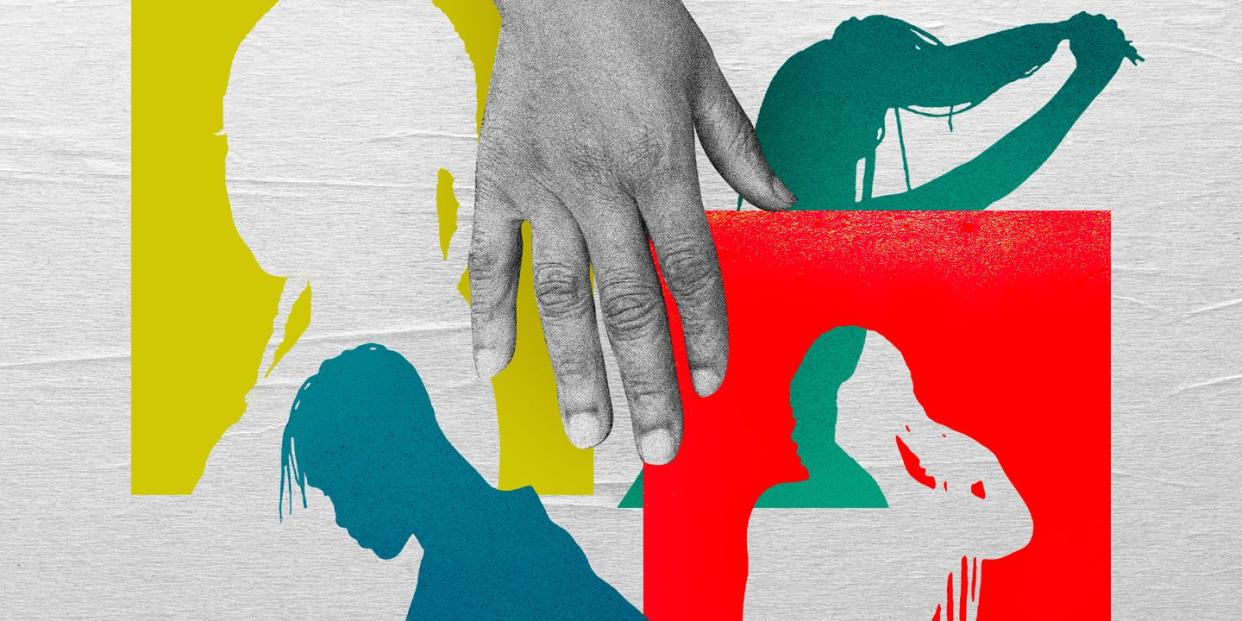
The aches persisted in Mariam’s* hands—the instruments she used to work. She tried to ignore them. After all, she had no choice. “I felt the pain when I braided, but I had to continue,” she tells me. She has suffered occupational injuries at least three times over the course of her 18-year hair-braiding career in New York City. These injuries include back, neck, shoulder, and knee pain.
Years of performing the repetitive hand motions involved in painstakingly braiding hair for hours on end had finally caught up to Mariam, and it was affecting her ability to focus at work. She moved to New York 20 years ago from Guinea and has spent nearly all that time braiding hair at various salons in the Bronx and Harlem. She is insured through her husband’s employer and was given pain medication from a doctor, but the root cause of her pain—her job—is unavoidable. So the pain persists.
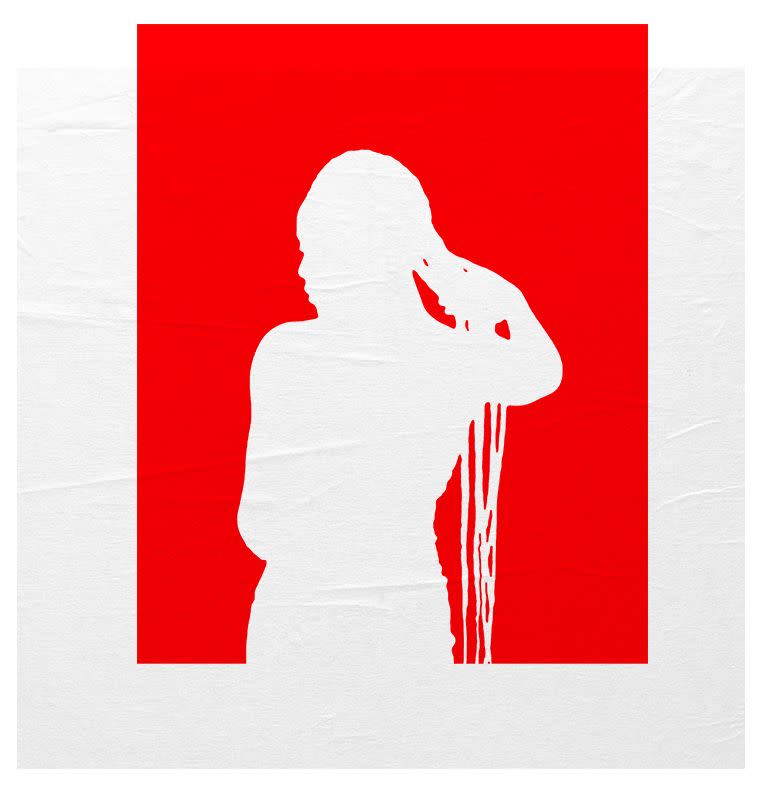
For West African hair braiders in Harlem like Mariam, an injury can mean the end of their livelihood. Mariam is self-employed and rents her chair in the salon where she works. She receives no health insurance through her job, no benefits, and has no retirement package. She has no paid time off. When the work stops, the money stops. And it is not uncommon for braiders to develop hand, back, and other ailments related to both the repetitive movements involved in weaving hair and the strain of standing for hours on end. When they are injured badly enough, they take time off work to see doctors, only to be told that their work is what is hurting them.
In journalism school, I focused on the ecosystem of African hair salons in Harlem; I grew up in them and wanted to learn how to convey the concerns and desires of braiders to the general public. My work in this space is not finished—it is difficult to find statistics even on exactly how many West African braiders live in New York. Although I am the daughter of a hair braider and a familiar face to many of the African women who have braided in Harlem for decades, many were understandably hesitant when I asked them to go on the record about their pain and persistence. As Black immigrants, they are afraid of having targets placed on their backs for speaking their truth.
My mother is one of them. Originally from Mali, she came to New York to be reunited with her husband, my Senegalese father, after she finished university in Algeria. When she first came here over 30 years ago, she was undocumented and spoke no English; hair braiding was an industry that allowed her to get out of the house, interact with other people like herself, and make money. Many of the braiders I know did not grow up dreaming of hairstyling, but the reality is, it is an industry where they are able to use skills they already possess and earn an income in a new country. Licenses are required for braiders in New York state, but most of the women I spoke to have not obtained one. They tell me it’s something they would be interested in doing, but they aren’t sure how to go about it. Plus, they’ve already been braiding for so long. Like most government formalities, getting a braiding license is complicated, and it’s not as if holding one will magically solve their lack of benefits and protections.
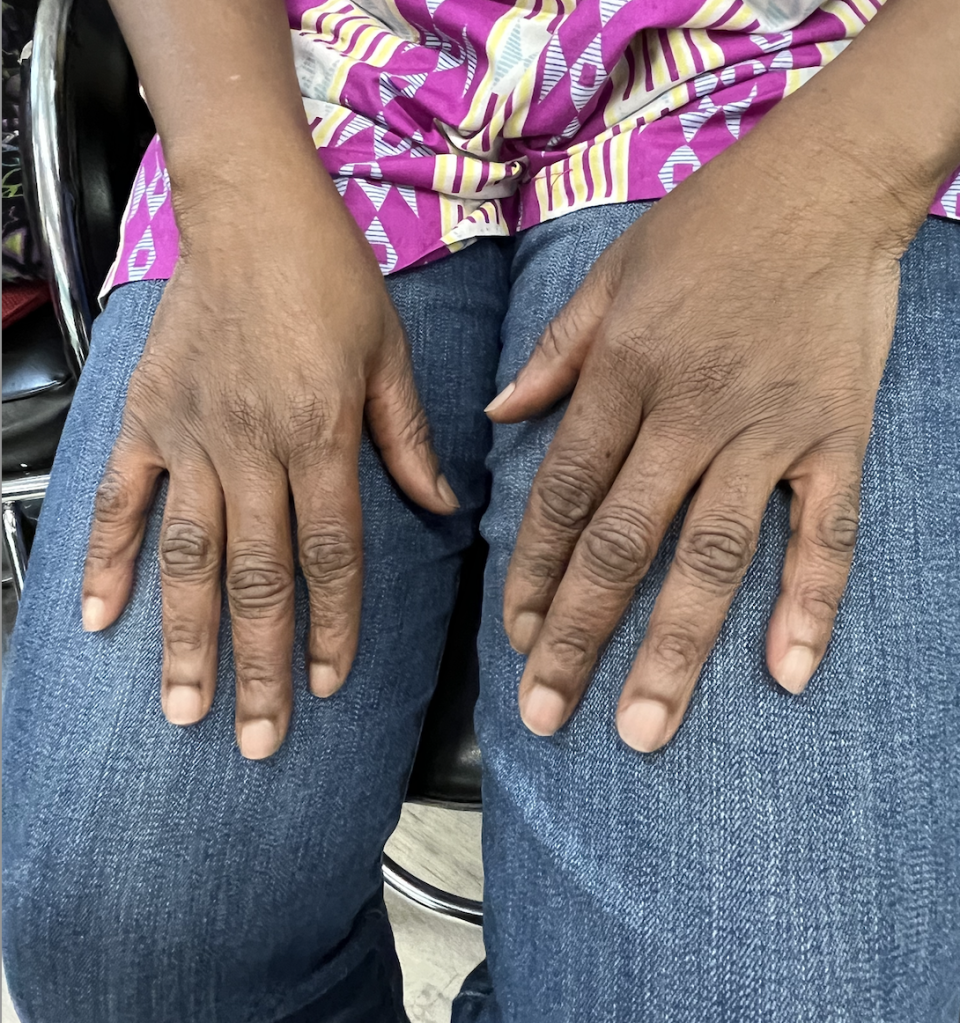
There are organizations trying to make obtaining a license easier, such as the Natural Hairstyle and Braid Coalition. This group's holistic mission to ensure both consumer health and safety and economic stability for stylists is important and well-intentioned. But after a conversation with Natasha Gaspard, the NHBC’s executive vice president of communications and media, I left feeling that more work could be done by the coalition to connect directly with West African hair braiders in Harlem.
My mother worked at salons on and around 125th Street for 25 years—and for 15 of those years, she has suffered from back pain. At night she would stretch, ask me or my brothers to massage her shoulders, and apply soothing cream before doing it all again the next day. She believes her aches are related to trying to reach the customer’s scalp with the most accuracy. When the COVID-19 pandemic began and she had to stay home, she was forced to sit with her pain. With nowhere to go, she felt it got worse. “During the beginning of quarantine I stayed at home, and my body was hurting even though I was not working. It hurt so much,” she recalls.
My mother finally started to feel the tension in her back subside during the months-long period in 2020 when she did not have to braid hair. She passed the time with family and by tidying our East Harlem apartment. She qualified for unemployment and was able to use it to stay afloat. She returned to work in September of that year, but by early 2021, the pain was back, and this time it had spread to her hands. She is insured through Medicaid, which allowed her to go to the emergency room one particular night when the pain began impacting her ability to perform daily tasks like stirring food. Subsequent doctor’s visits offered little relief. “They ask you what kind of job you do,” she tells me. She now takes medication for rheumatoid arthritis, which has helped her symptoms, but as she must continue to work, the fundamental problem has not been resolved.
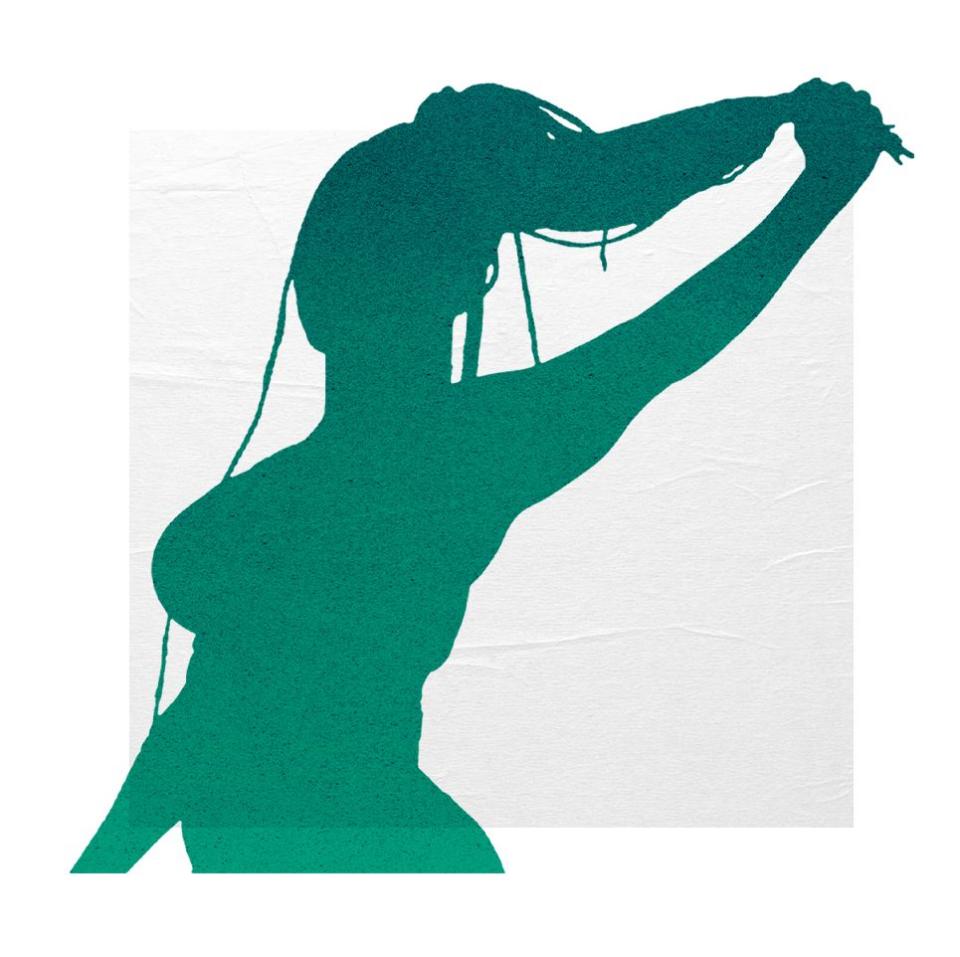
People who work in the service industry may find it difficult to take time off to tend to injuries because they “need to be at work in order to get paid,” says Professor Lesley Green-Rennis, chairperson of the health education department at Borough of Manhattan Community College. “If you don’t come to work, you don’t get paid. And that affects not only you, of course, but also your entire family. A lot of people return to work when they shouldn’t, when they’re still sick or are still suffering from an injury.”
Not only does the physical work of braiding take a toll, it is also exhausting to build up a regular customer base. Many of the braiders I interviewed started their professions before it was possible to advertise via social media, and it is still not uncommon to see them standing or sitting outside of salons along 125th Street, asking passersby if they are interested in having their hair braided. This routine practice happens year-round, through intense summer heat and despite snow and rain. Sometimes the women can do this for an entire day without finding a new customer. They do build resilience, but it is a weary process.
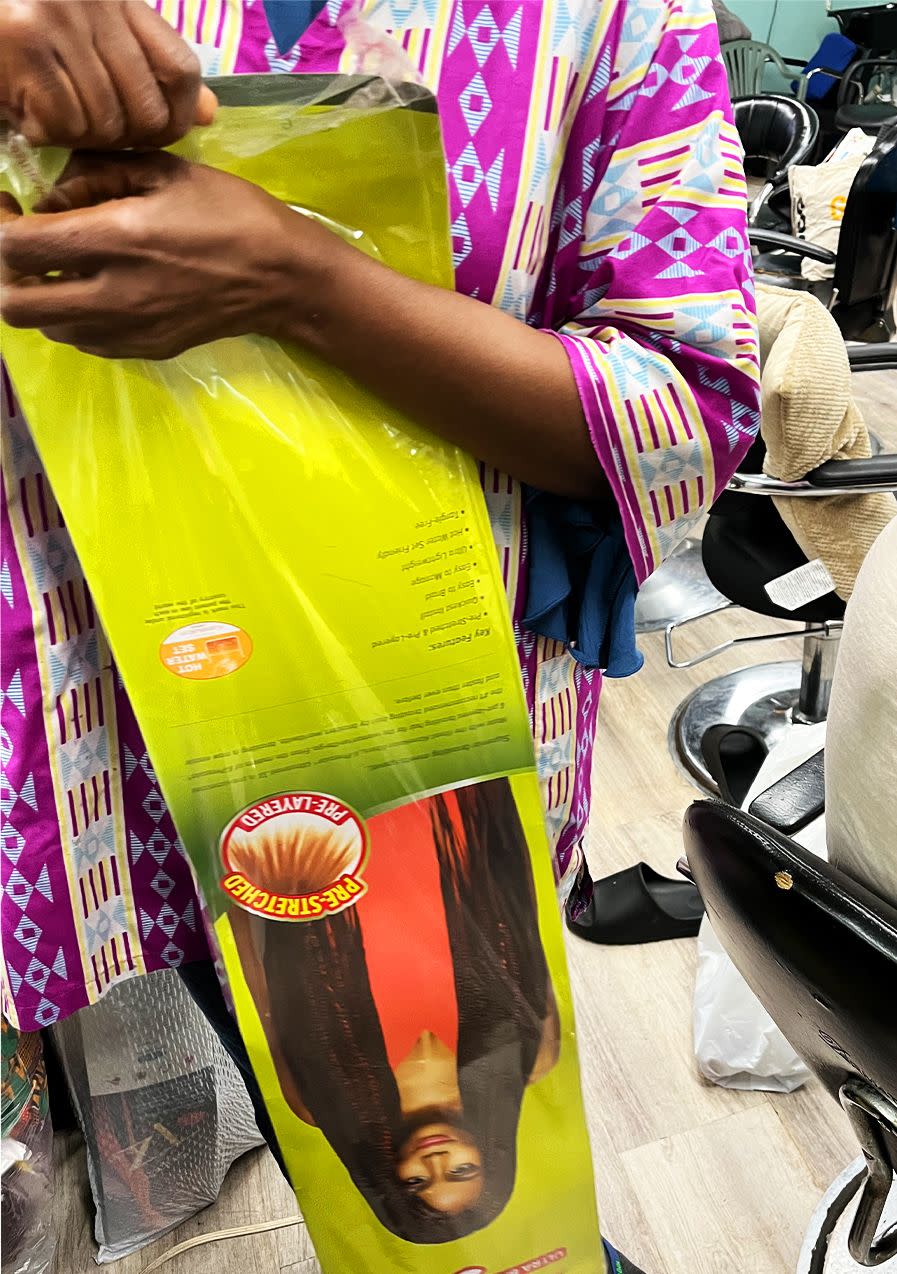
Bendo, who is originally from Liberia, works in a small shop a few blocks north of 125th Street. I caught her at a moment when she did not have a customer, and as she and I spoke, she immediately got to the point: Braiding has taken a toll on her body over the last 22 years. She recalled first experiencing ongoing pain around a decade into her career. “Sometimes if you start braiding, you work from 12:00 p.m. until 12:00 in the night, sometimes 10:00 in the night … it depends on what style the customer gets,” she says. “If you braid hair, you can’t sit still because you have to pay for the chair, and you have to pay for your rent, and you have to help your people back home, too.”
I also spoke with Kaba, a Guinean braider in a salon just south of 125th Street, who has been working for 10 years. While we spoke, her daughter, who is American-born and in college, was assisting her. Kaba recalls experiencing cramps, but emphasized that she takes time to rest. I asked her if she saw herself braiding in 10 years: “No, I’m not gonna continue, because I’m tired … I cannot continue to braid all my life.”
Makale, another Guinean braider in the same salon, was one of the youngest braiders I spoke with, at no older than 30. She has been working for a decade, but has been feeling consistent braiding-related pain for about three years. “If I go to sleep, oh my God, I cannot stay asleep from the pain,” she says. She does occasionally take time off when she is feeling particular agony, but says, “I’m not going to braid all my life, ’cause it’s not easy.” She works around 12 hours a day and expressed interest in eventually becoming a nurse.
I was interested in speaking with a braider who has achieved more traditional success. Ngone Sow, a Senegalese licensed braider who works in Brooklyn, owns her shop and is a licensed salon inspector. She has been doing hair in the U.S. for around 35 years, the longest of any of the braiders I interviewed. Sow is also active on social media, while many of the other braiders I spoke with were more singularly focused on paying their bills and taking care of immediate needs. Sow believes this is part of the problem, noting that the fear of being undocumented immigrants can hold these women back.
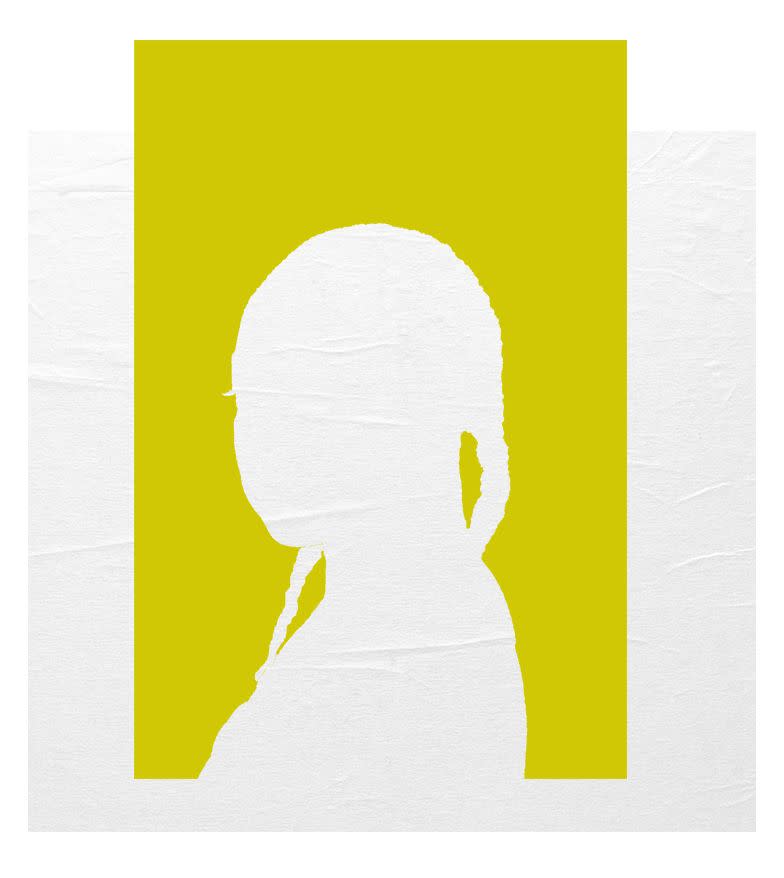
Braiders do more than just style hair, Sow points out. They’re “therapists,” she says, using their skills to create intricate styles for their clients and provide a few hours respite for them. Pain was something Sow acknowledged feeling at times, but she makes sure she and her workers can take time off. I was there on a day when her salon was closed; one day a week there is dedicated to cleaning.
Sow suggests her fellow braiders legally protect themselves, looking to nail techs as a great example: After investigations revealed abuses in their field, New York City nail salon workers fought for and won a host of new industrywide protections. She also floated the idea of braiders finding a way to connect with people who can help them understand their financial and legal rights. Part of that financial security, Sow argued, would come from getting licensed. “I’m always gonna be ready for my community,” she says.
African Communities Together, a New York–based advocacy organization for African immigrants in the city, released a project in 2020 that details just how difficult it can be for the average African hair braider to receive a license in New York City and outlines future plans to help with outreach. Amaha Kassa, the founder and executive director of ACT, expresses doubt about whether the current system of licensure for braiders is truly a solution. “Often a combination of immigration status, occupational discrimination, and, in many cases, education are barriers that braiders face,” he tells me.
When I asked about the difference between West African hair braiders in Harlem and nail salon workers throughout the city, Kassa clarified that nail salon workers are employed under a boss, while braiders rent a chair. The role of braiders is comparable to being a “day laborer in a way.” Bargaining as a union would prove difficult because “there’s no one to bargain with”—braiders set their own rates; the salons just provide space. A potential solution Kassa proposed is creating one association for braiders across the city, which could “contribute to the professionalization of the industry” and help set “similar rates across the industry … and maintain certain standards which enable people to charge a premium for their work.”
On a recent visit to the salon where my mother works, I learned that Mariam had retired from braiding in March, due to a severe shoulder injury she sustained while working. Doctors advised her that if she continued to braid, she would need surgery. This was enough for her to leave behind the profession for good. Mariam now works in home care and her pain has slowly, but certainly, improved.
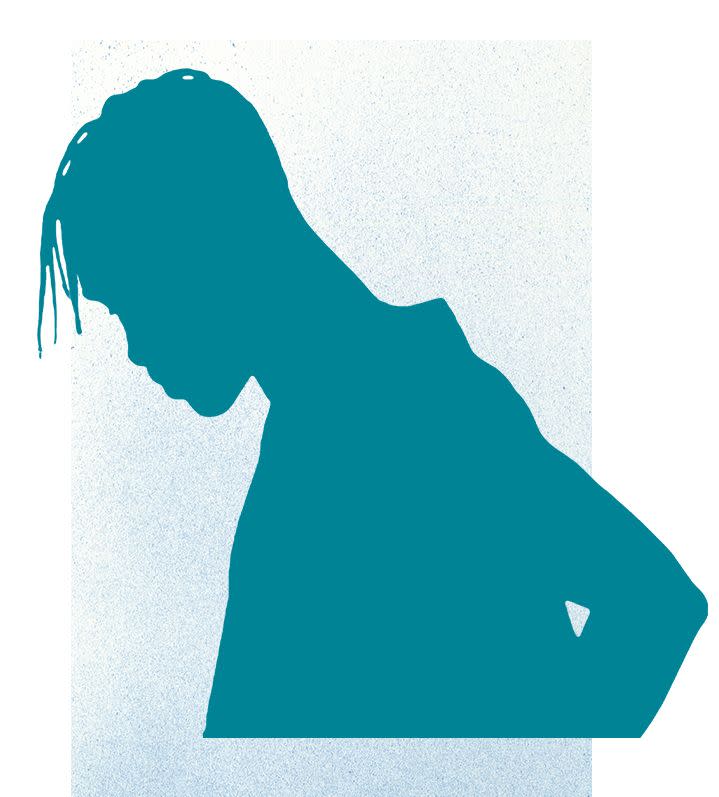
While speaking with all of the women in this story, I witnessed scenes of laughter, vivacious conversations in languages such as Bambara and Wolof, and lively commentary on Nollywood movies playing on TVs in the backgrounds of the different salons. These spaces are special. “I like my job. Without the pain, I like it,” my mom tells me. “I enjoy doing it because it’s being with a bunch of women and you become like sisters, community. We tell each other everything, and get through sad moments and happiness.” These women navigated adulthood in an unfamiliar country and found a sisterhood. But as my mother and her colleagues grow closer to retirement age, another group of young women from West Africa will replace them. And so the pain persists.
*This woman asked to be identified using a pseudonym.
You Might Also Like

